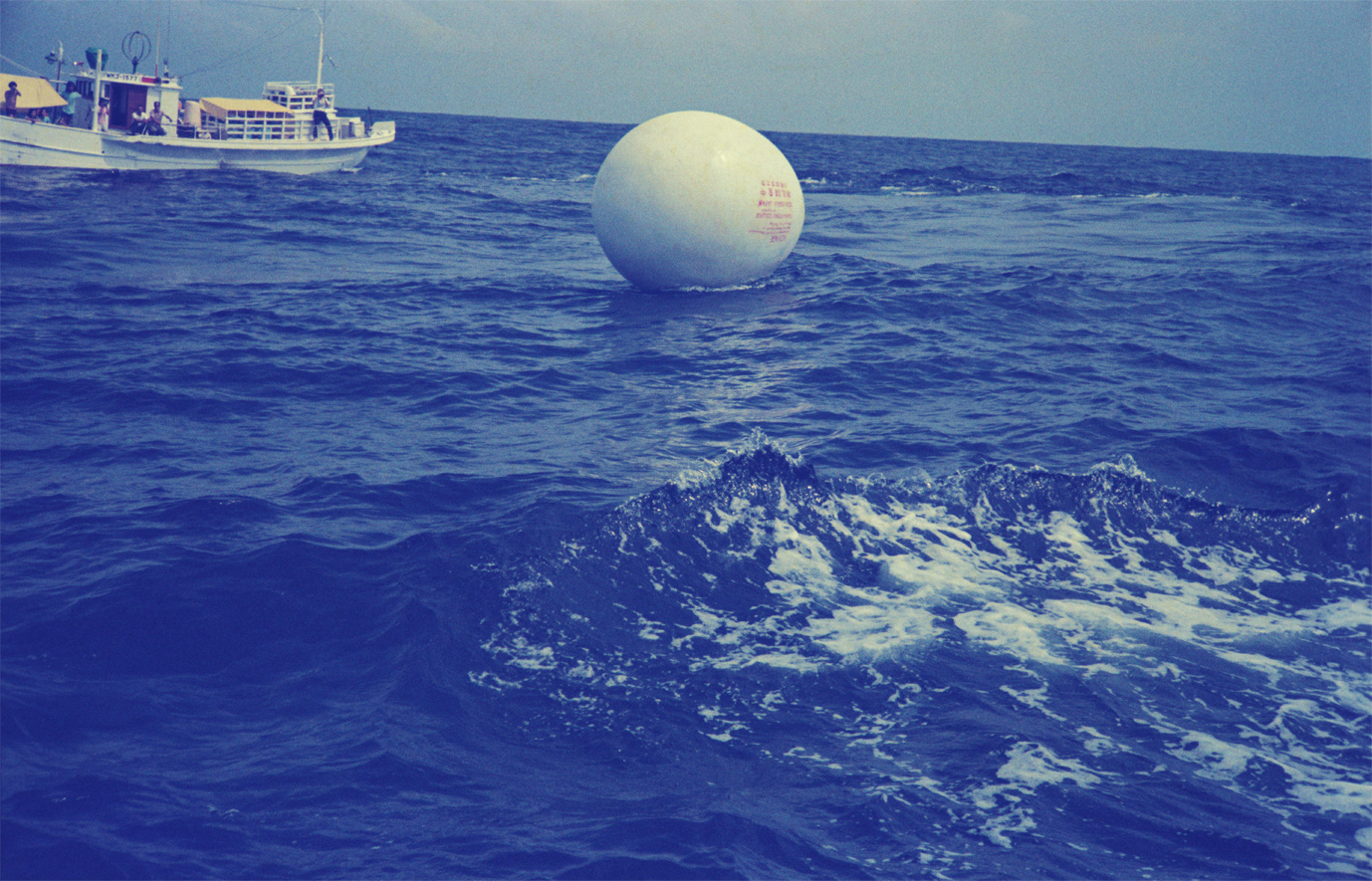By the late 1960s, Japan's early postwar avant-garde had largely petered out. The radicals of yesteryear were now 20 years older and the country had returned to material affluence and international acceptance symbolized by the 1964 Tokyo Olympics.
Following the anti-art movements from the early '60s, conventional arts such as painting and sculpture became passe and action/happening/event-type performances acquired prominence. Enter the amorphous troupe The Play, active in western Japan, whose archival documentation now on show at the National Museum of Art, Osaka, celebrates 49 years of ongoing activities.
"The First Play Exhibition" (1967) took place in a park in Kobe at dusk and concerned a series of happenings performed by individual members. Later calling them actions and projects, they shifted to large-scale group-focused collaborations. Rather than making things for museums, they went outdoors and devoted themselves to experiences that emphasized everyday activities, including eating, sleeping and physical movement, though it is difficult to see how any of these had realistically been demoted or de-emphasized elsewhere in society.


















With your current subscription plan you can comment on stories. However, before writing your first comment, please create a display name in the Profile section of your subscriber account page.